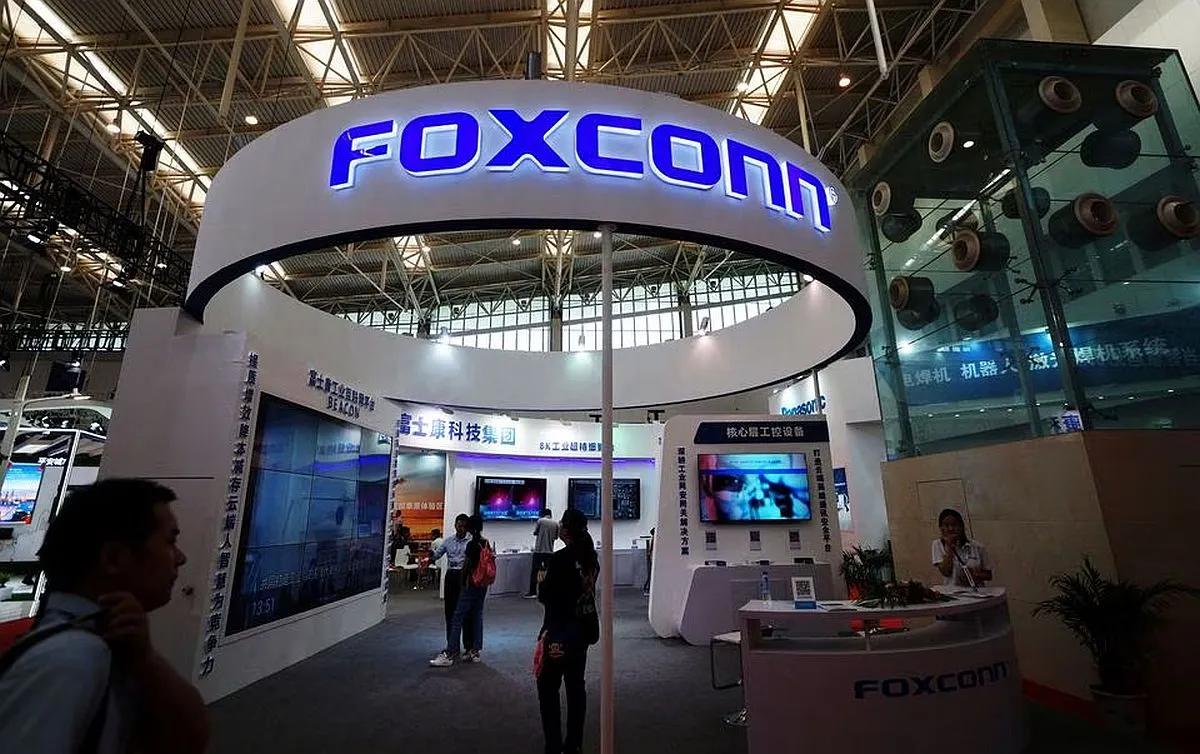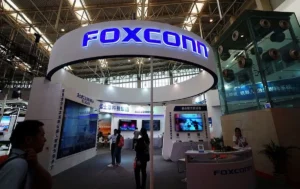
1. The repatriation of Chinese engineers and technicians from India by Foxconn:
Hundreds of Chinese engineers and technicians who work at Foxconn’s iPhone manufacturing facilities in India have been asked to return. Apple’s attempts to increase its production capacity outside of China, especially in India, are greatly impacted by this decision. The repatriation is a setback for the workforce training and technical expertise transfer that are essential for expanding South Asia’s local manufacturing capacity.
2. Effect on Apple’s Production Approach:
Under CEO Tim Cook, Apple has diversified its manufacturing base by shifting production from China to other nations, such as India. The departure of Chinese technical personnel, however, throws this strategy off, possibly slowing the expansion of India’s contribution to Apple’s global supply chain. Although 20% of iPhones are currently assembled in India, the loss of skilled workers could impede future growth and the development of the local workforce.
3. Trade and Geopolitical Aspects:
Broader geopolitical concerns also have an impact on Foxconn’s workforce and manufacturing footprint changes. Indicating trade tensions and tariff concerns, former US President Trump voiced his displeasure with the number of iPhones made in India and sent to the US. Apple’s choice of production sites is made more difficult by the potential that Foxconn will have to pay tariffs on iPhones made in China.
4. Difficulties in Growing Manufacturing Outside of China and India:
Finding workable alternatives to China and India for iPhone assembly is a significant challenge for Apple. Chinese engineers returning home raises questions about how quickly operations can be scaled up in new areas. Furthermore, it is unlikely that Apple will soon return a sizable portion of its iPhone production to the United States, which would restrict diversification options.
5. Adaptations in Supply Chain and Technology:
The conversation focusses on two key issues with Apple’s production strategy: supply chain management and technology integration, especially with regard to artificial intelligence. While supply chain disruptions are more complicated and have no easy fixes, some technological problems, like those relating to AI, could be fixed rather quickly with local partnerships. The layoffs at Foxconn point to more serious issues that Apple needs to resolve if it wants to keep its manufacturing flexibility.
Summary:
By delaying local workforce training and making supply chain logistics more difficult, Foxconn’s decision to remove Chinese engineers from Indian iPhone factories thwarts Apple’s plans to increase production outside of China. Apple’s options are further limited by geopolitical trade tensions, as political pressures and tariffs influence manufacturing choices. Even though India is a major hub for assembly, there are still difficulties expanding production and changing locations, with supply chain problems being the largest obstacle. While technological solutions, especially in AI, are still feasible, they are less important than more significant operational issues.



